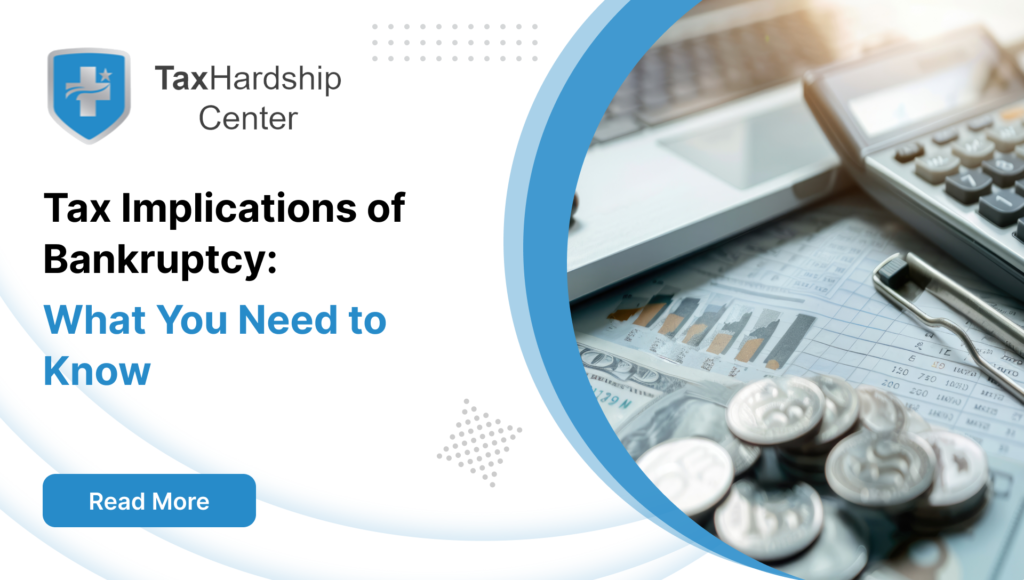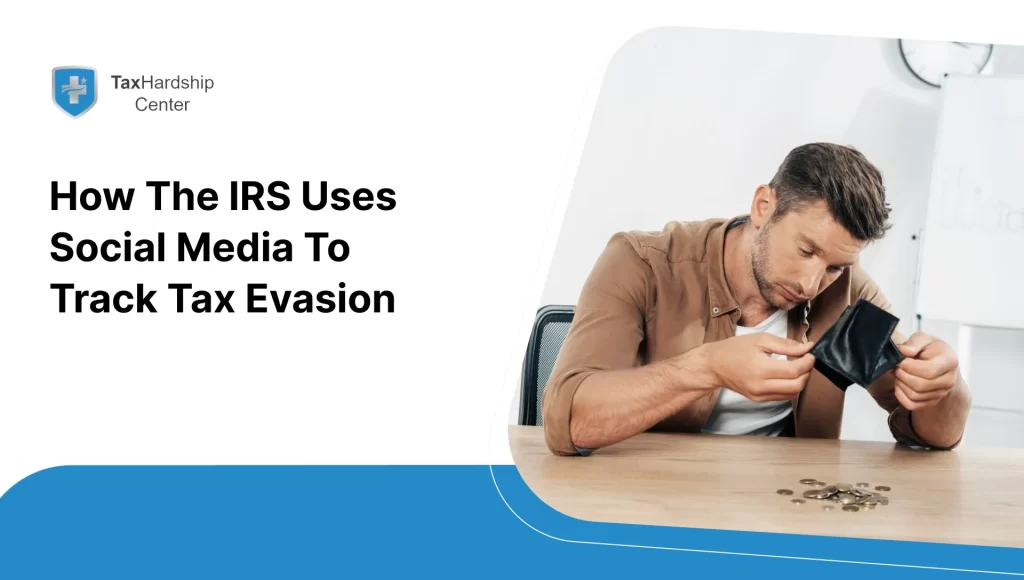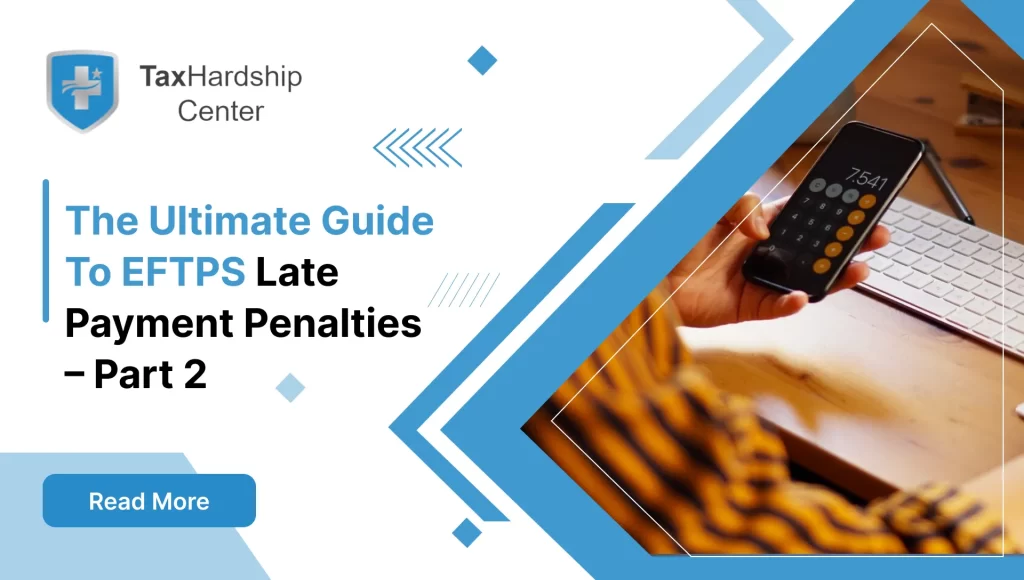Filing for bankruptcy can be daunting, fraught with legal complexities and financial uncertainties. One of the most significant aspects to consider when filing for bankruptcy is the tax implications. Understanding how bankruptcy affects taxes can help individuals and businesses make informed decisions and alleviate some financial burdens. Here’s a comprehensive analysis of the tax implications of bankruptcy, covering key factors like dischargeable and non-dischargeable taxes, tax attributes, filing requirements, and the concept of canceled debt income (CODI) in bankruptcy.
What is Bankruptcy?
Bankruptcy is a legal process that allows individuals or businesses unable to pay outstanding debts to seek relief from some or all of their liabilities. The primary goal of bankruptcy is to provide a fresh start for debtors while ensuring fair treatment for creditors. There are several types of bankruptcy filings, the most common being Chapter 7 and Chapter 13.
- Chapter 7 Bankruptcy: Often referred to as liquidation bankruptcy, this type involves selling a debtor’s non-exempt assets to pay off creditors. It is usually suited for individuals with minimal income and significant unsecured debts.
- Chapter 13 Bankruptcy: Also known as reorganization bankruptcy, this type of bankruptcy allows individuals with regular incomes to create a repayment plan to pay off all or part of their debts over three to five years.
Understanding the tax implications of bankruptcy is crucial for those considering filing, as it can significantly impact one’s financial planning and future obligations.
Tax Hardship Center: Your Bankruptcy Tax Relief Partner
The tax implications of bankruptcy can be complex and overwhelming. Understand the tax implications of Chapter 7 or Chapter 13 bankruptcy, dischargeable versus non-dischargeable taxes, or the automatic stay with the Tax Hardship Center. We are here to simplify your bankruptcy tax journey and bring you peace of mind.
We specialize in untangling complex tax situations during bankruptcy, including:
- Chapter 7 Bankruptcy Tax Strategies: Understanding the tax obligations and opportunities of Chapter 7 bankruptcy can be confusing. Our experts ensure you comply with all relevant regulations and avoid unnecessary tax burdens.
- Chapter 13 Bankruptcy Tax Solutions: Creating and managing a repayment plan in Chapter 13 bankruptcy adds another layer of complexity. We’ll guide you through the tax laws and ensure you optimize your tax situation.
- Audit Support: Facing an IRS audit during or after bankruptcy can be stressful. We’ll provide expert assistance throughout the process, ensuring a smooth resolution.
- Dischargeable and Non-Dischargeable Tax Planning: Navigating the differences between dischargeable and non-dischargeable taxes involves unique considerations. We’ll help you develop a tax plan that minimizes your liabilities and maximizes exemptions.
- Negotiating with the IRS: Need help communicating with the IRS regarding your tax debts in bankruptcy? We can advocate on your behalf and negotiate a favorable outcome.
Don’t let bankruptcy taxes become a source of stress. Focus on what matters most – achieving financial relief! We’ll handle the complexities of bankruptcy taxes.
Schedule a free consultation with the Tax Hardship Center today and breathe a sigh of tax relief!
Types of Bankruptcy and Their Tax Implications
Chapter 7 Bankruptcy
Chapter 7 bankruptcy entails liquidating a debtor’s non-exempt assets to settle debts with creditors. Upon successful completion, remaining unsecured debts are generally discharged. This process is typically suited for individuals with minimal income and significant unsecured debts, such as credit card bills and medical expenses. However, understanding how Chapter 7 bankruptcy affects tax liabilities is essential for making informed decisions.
Dischargeable Taxes: Some taxes can be discharged under Chapter 7 bankruptcy, but specific conditions must be met. These include:
- Age of the Tax Debt: The tax debt must be related to a tax return due at least three years before filing for bankruptcy. This means the original due date for the tax return, including any extensions, must be at least three years old.
- Filing Requirements: The tax return should be filed at least two years before filing for bankruptcy. If the return is filed late, this condition still applies, but the return must have been filed at least two years before the bankruptcy filing date.
- Assessment Timing: The tax assessment must have been made at least 240 days before filing for bankruptcy. This period can be extended if a compromise offer is pending or a previous bankruptcy is filed.
- No Fraud or Evasion: The taxpayer must not have committed fraud or willful evasion concerning the tax return. If there is any evidence of intentional wrongdoing, the tax debt will not be dischargeable.
Non-Dischargeable Taxes: Certain taxes are not dischargeable under Chapter 7 bankruptcy, regardless of the circumstances. These include:
- Recent Income Taxes: Taxes related to returns due within the last three years are generally not dischargeable.
- Payroll Taxes: These are taxes withheld from employees’ wages by an employer, including Social Security and Medicare taxes. These taxes are considered trust fund taxes and are not dischargeable.
- Late-Filed Returns: Taxes where the return was not filed or filed late within two years of the bankruptcy filing are non-dischargeable.
- Fraudulent Tax Returns: Taxes associated with fraudulent returns or those filed intending to evade tax laws are non-dischargeable.
Chapter 13 Bankruptcy
Chapter 13 bankruptcy involves creating a repayment plan to pay off debts over time, typically three to five years. Unlike Chapter 7, Chapter 13 allows debtors to keep their property while paying creditors through the court. This type of bankruptcy is often suited for individuals with a regular income who can afford to repay a portion of their debts over an extended period.
Impact on Tax Debts and Repayment Plans:
- Inclusion of Tax Debts: Tax debts are included in the repayment plan, which can provide a more manageable way to pay off tax liabilities over time. This can be particularly beneficial for those with significant tax debts and sufficient income to make regular payments.
- Reduction of Penalties and Interest: While Chapter 13 does not automatically discharge tax debts, it can help reduce penalties and interest. This reduction can make the overall tax burden more feasible and prevent further accumulation of tax-related charges.
- Protection from Collection Actions: During the repayment plan, the automatic stay provision protects the debtor from collection actions by the IRS and other creditors, providing a structured environment to repay debts without the threat of immediate collection actions.
Criteria for Discharging Tax Debts:
- Old Income Tax Debts: Similar to Chapter 7, certain old income tax debts can be discharged once the repayment plan is completed, provided they meet specific criteria. These criteria include the age of the tax debt, filing requirements, assessment timing, and absence of fraud or evasion.
- Completion of Repayment Plan: To discharge tax debts, the repayment plan must be completed. This means adhering to its terms and making all required payments over three to five years.
Dischargeable and Non-Dischargeable Taxes
Dischargeable Taxes
Dischargeable taxes can be eliminated through bankruptcy, freeing the debtor from the obligation to pay. Conditions for taxes to be dischargeable include:
- The tax return due date must be at least three years old.
- The return must have been filed at least two years before filing for bankruptcy.
- The IRS must have assessed the tax at least 240 days before filing.
- There must be no evidence of tax fraud or evasion.
Examples of Dischargeable Taxes:
- Federal income taxes meet the above criteria.
- State income taxes under similar rules.
Non-Dischargeable Taxes
Non-dischargeable taxes remain the responsibility of the debtor even after filing for bankruptcy. Examples include:
- Recent income taxes within the last three years.
- Payroll taxes.
- Fraudulent or evasion-based taxes.
- Property taxes.
Reasons for Non-Dischargeability:
- These taxes are considered priority debts, emphasizing the government’s interest in collecting them.
- They are often tied to specific legal obligations or fraud/evasion concerns.
Tax Attributes Affected by Bankruptcy
Loss of Tax Attributes
Filing for bankruptcy can lead to the loss or reduction of specific tax attributes that could otherwise benefit the taxpayer in future years. These attributes, which are valuable tools for reducing taxable income and tax liability, include Net Operating Losses (NOLs) and various tax credits.
- Net Operating Losses (NOLs): NOLs occur when taxpayers’ allowable tax deductions exceed their taxable income, resulting in a net loss. These losses can be carried forward to offset taxable income in future years, providing a significant tax benefit. However, filing for bankruptcy can reduce remaining NOLs, diminishing their ability to reduce future tax liabilities. This reduction can impact individuals and businesses, potentially increasing their tax burden in subsequent years.
- Tax Credits: Bankruptcy can also impact various tax credits that taxpayers may be entitled to, such as the Earned Income Credit (EIC) or the Child Tax Credit (CTC). These credits are designed to financially relieve taxpayers, especially those with lower incomes or dependents. When taxpayers file for bankruptcy, these credits can be reduced or lost entirely, affecting their overall tax situation. The loss of these credits can lead to higher tax liabilities and reduced refunds, further straining the financial recovery process.
Reduction of Tax Attributes Due to Bankruptcy
Bankruptcy can lead to a mandatory reduction of tax attributes based on discharged debt. This process, known as the reduction of tax attributes, is designed to prevent taxpayers from receiving a double benefit from the discharge of debts and the preservation of tax attributes. Key tax attributes affected by this process include NOLs, general business credits, and capital loss carryovers.
- Net Operating Losses (NOLs): NOLs are valuable for offsetting future taxable income. In bankruptcy, discharged debts can reduce these NOLs, limiting their availability for future tax years. This reduction is calculated based on the amount of debt discharged, reducing the potential tax benefits that NOLs can provide.
- General Business Credits: These credits encompass a range of tax incentives designed to encourage specific business activities, such as investment in research and development, energy efficiency, and other qualified expenses. When a business undergoes bankruptcy, the discharged debt can reduce these credits, decreasing the incentives available to the company in future years. This reduction can hinder the business from leveraging these credits to lower its tax liabilities and invest in growth.
- Capital Loss Carryovers: Capital losses occur when the sale of capital assets, such as stocks or real estate, results in a loss rather than a gain. These losses can be carried forward to offset capital gains in future years, providing a tax benefit. However, in bankruptcy, the amount of discharged debt can reduce the amount of capital loss carryovers, limiting their use in reducing future capital gains tax. This reduction can affect individuals and businesses, impacting their overall tax planning strategies.
Filing Taxes During and After Bankruptcy
During the Bankruptcy Process:
- Taxpayers must continue to file and pay taxes during bankruptcy.
- The bankruptcy estate, created during the process, may require filing separate tax returns.
- Bankruptcy trustees may file returns for the estate, covering income generated during the bankruptcy process.
Post-Bankruptcy Filing:
- Taxpayers must resume regular tax filing obligations.
- Any remaining tax debts should be handled according to dischargeability and repayment plans.
The Automatic Stay and Its Impact on Tax Collection
Automatic Stay Explained
The automatic stay is a bankruptcy provision that temporarily halts all collection activities, including IRS actions, immediately upon filing for bankruptcy. This stay relieves debtors by stopping wage garnishments, collection calls, and tax levies.
Impact on IRS Collection Activities:
- The stay prohibits the IRS from collecting tax debts during bankruptcy.
- It provides the debtor with breathing room to restructure or discharge tax debt.
Tax Debts During the Stay Period:
- Tax debts are frozen and cannot be pursued by the IRS.
- After the bankruptcy process, non-dischargeable taxes will still need to be addressed.
Potential Tax Consequences of Cancelled Debt
Canceled Debt Income (CODI)
Canceled debt income (CODI) arises when a creditor forgives or cancels a debt, which the IRS generally considers taxable income.
Taxation of CODI:
- CODI is typically reported as income and subject to taxes.
- However, in bankruptcy, CODI can often be excluded from taxable income.
Exceptions to CODI Taxation in Bankruptcy
Bankruptcy Exception:
- Debtors can exclude CODI from taxable income if the debt was discharged through bankruptcy.
- This exclusion provides significant relief, preventing additional tax burdens at a difficult financial time.
Conclusion
Filing for bankruptcy is a significant decision with various implications, particularly taxes. It’s vital to understand the nuances of how bankruptcy can impact tax liabilities, from the types of taxes that can be discharged to the effects of an automatic stay on IRS collection activities. Individuals and businesses can better navigate their financial situations by recognizing the differences between Chapter 7 and Chapter 13 bankruptcy and how each affects tax obligations.
Given the complexities of bankruptcy and tax laws, seeking personalized advice from experienced professionals is crucial. Consulting a bankruptcy tax professional or a tax advisor specializing in bankruptcy issues can provide invaluable guidance, helping to navigate the intricacies and ensure informed decisions are made. By thoroughly understanding the tax implications of bankruptcy and seeking expert advice, you can make informed decisions that alleviate some of the financial burdens associated with insolvency, ultimately leading to a more stable and manageable financial future.
Why Tax Hardship Center?
1. Hassle-Free Assistance:
Say goodbye to sleepless nights and endless tax-related stress. At the Tax Hardship Center, we believe in simplifying the complex. Our team of experts is dedicated to guiding you through every step of the process, ensuring that your tax concerns are met with precision and care.
2. 14-Day Money Back Guarantee:
We’re so confident in our ability to ease your tax worries that we offer a 14-day money-back guarantee. If, for any reason, you’re not satisfied with our service, we’ll gladly refund your investment. Your peace of mind is our top priority!
3. Free Consultation:
Are you curious about how we can transform your tax experience? Book a free consultation now! Our team will assess your situation, answer your questions, and provide free insights tailored to your needs.
4. Nationwide Coverage:
No matter which corner of the United States you call home, the Tax Hardship Center covers you. We proudly serve all 50 states, bringing our expertise to your doorstep. Wherever you are, our commitment to excellence follows.
FAQs:
1. Can bankruptcy discharge all types of tax debt?
Bankruptcy can discharge certain old income tax debts under specific conditions. However, recent income, payroll, and fraudulent taxes are generally non-dischargeable.
2. What are the main differences between Chapter 7 and Chapter 13 bankruptcy?
Chapter 7 bankruptcy involves liquidating non-exempt assets to pay off debts. In contrast, Chapter 13 allows individuals with regular income to create a repayment plan to pay off debts over three to five years.
3. How does the automatic stay affect IRS collections during bankruptcy?
The automatic stay temporarily halts all IRS collection activities, relieving debtors by stopping wage garnishments, collection calls, and tax levies during bankruptcy.
4. What is Cancelled Debt Income (CODI), and how is it treated in bankruptcy?
CODI arises when a creditor forgives or cancels a debt, which is generally considered taxable income. However, CODI can often be excluded from taxable income in bankruptcy, preventing additional tax burdens.
5. Why is consulting a tax professional necessary when considering bankruptcy?
Due to the complexity of bankruptcy and tax laws, consulting a tax professional or bankruptcy specialist is crucial. They can provide personalized guidance, helping to navigate the intricacies and implications of bankruptcy on taxes.








